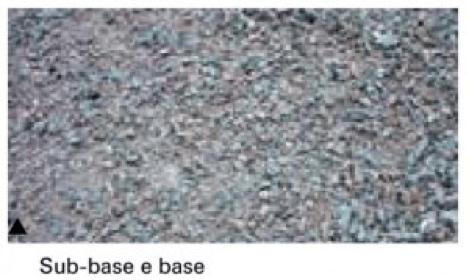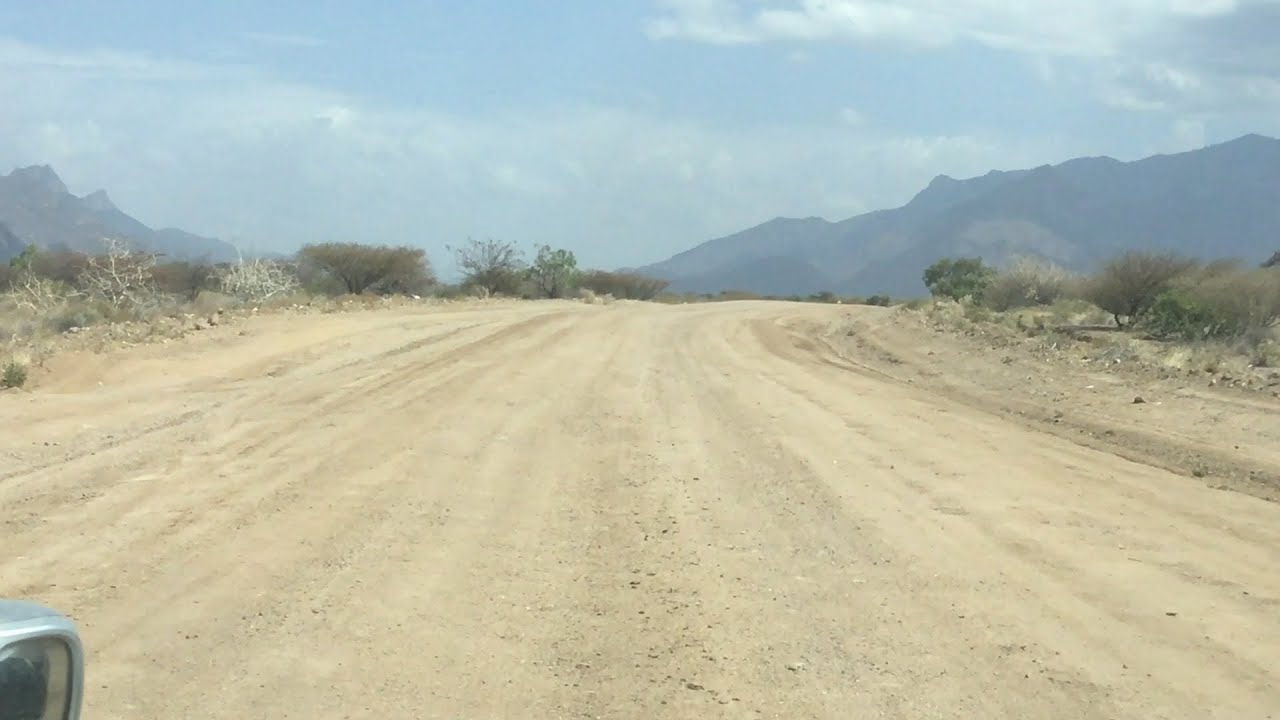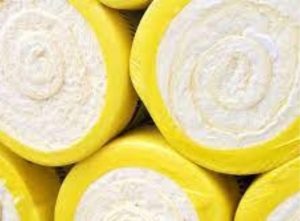Understand the compaction properties of different soils and the most suitable solutions for them.
COMPACTION PROPERTIES OF DIFFERENT SOILS, Paving and Milling Manual

COMPACTION PROPERTIES OF DIFFERENT SOILS
The choice of compaction equipment must take into account several factors.
Some of them are:
type of work and area to be compacted
soil type and water content
layer thickness
the hardness of the underlying layer
compaction specifications
capacity requirements
weather conditions
The section below discusses the different types of soils and their compaction properties.
Castled (blocks and pebbles)
The castles contain blocks and pebbles, whose sizes vary from a hen’s egg to about 1.5 meters. Rocks, detonated rocks, crushed rocks, or natural materials. Blocks and pebbles are the dominant fractions, although they can also occur in small fractions.
The maximum size of the stones and the granulometry of the rock are determined by the type and quality of the rock and by the detonation procedure of the rock. Primary rocks, such as basalt, gneiss, and granite have high strength, and rock detonation of rocks detonated at a size of 1.0 to 1.5 m has a small number of fines. When limestone or sandstone bedding is done, the maximum size of the stones is smaller and the number of fines can be so great that considerable settlement will occur, in case the earth is not properly compacted.
The maximum allowed particle size is normally two-thirds of the layer thickness. But in terms of compaction, it is an advantage if the maximum size of the blocks does not exceed one-third of the layer thickness. This reduces the risk of rock cracks during compaction.


Part-2
Vibratory equipment proved to be the most suitable and economical compaction method. Static and impact compaction are not the most suitable for bedding. Vibratory compaction can be used if heavyweights are used.
However, the greater the weight, the greater the risk of cracks.
In the case of bedding, it is necessary to use medium-heavy to heavy-weight vibratory compaction equipment to reorganize the large blocks and achieve the necessary density and stability.
The risk of cracks in the rocks must be observed, which may influence the choice of size, amplitude, and the number of passes of the roller.
Rolling compaction puts extreme stresses on the compaction equipment and therefore it is important to select machines that have been specifically designed for this purpose.
Gravel and sand
Gravel and sand vary in size, ranging from the size of a chicken egg to 0.063mm or, in some cases, 0.075mm. They include fractions from other types of soils, which will affect their compaction properties.
The compaction properties of gravel and sand are influenced by the water content; compaction is most effective when there is ideal water content.
If the fine content is less than 5 to 10%, the soil is considered free draining. In free-draining soils, excess water is drained off during compaction. This means that, in certain circumstances, the compaction work can continue even when it is raining.
If the soil is not free draining, problems are likely to occur if you try to compact the material over the ideal water content. The soil will become elastic and waterlogged. It may be impossible to achieve compaction requirements as the soil becomes saturated with water, as the soil will remain at a lower density than specified.
When the sand and gravel have a uniform granulometry, it is difficult to obtain a high density close to the surface (in the first 10 to 15 cm), due to the shear resistance of the material. The material tends to be pressed behind the compactor cylinder and, consequently, the surface acquires a relatively low density. In practice, this is not of great importance since when compacting in layers, the loose surface on top is compacted as the next layer is worked. Surface relaxation should be considered when performing compaction tests.
As a general rule, all types and sizes of machines can be used in compaction of gravel and sand, except for rollers with legs. The choice will depend on the compaction and capacity requirements.
Medium to heavy vibratory rollers will perform compaction in thick layers, while smaller rollers are more suitable for limited layer thicknesses and volumes.
Silt
Silt grain size ranges from 0.063mm to 0.002mm, although these limits may vary somewhat, depending on the soil classification system. It may contain fractions of other types of soils, which will affect its compaction properties.
In pure silt or mixed with coarse-grained fractions, there is little cohesion. With a higher clay content, the cohesion will increase.
As with all fine-grained soils, silt compaction is extremely dependent on water content. For a good compaction effect, the water content should not be very different from the value considered ideal.
At an ideal water content, silt is relatively easy to compact. At a high water content and under the influence of vibration or vehicle traffic, the silt transforms, acquiring a more or less fluid state. Vibratory equipment is the most effective for silt.
The thickness of the layers can be practically the same as those of gravel and sand if the clay content is not very high. If this is greater than 5% (but less than 15%), larger machines and thinner layers will be necessary to overcome the cohesion of the material. In such cases, a crowfoot cylinder can provide better results than a smooth cylinder. In addition, vibratory plates and smooth cylinder compaction rollers can present traction problems, especially when the water content is slightly higher.
Soil compaction properties
A summary of the compaction properties of fine-grained (cohesive) and coarse-grained (non-cohesive / granular) soils.
Coarse-grained materials
They are relatively easy to compact, especially by vibration, and have a high bearing capacity. Free draining soils are not susceptible to ponding and freezing.
Fine granulation materials
The water content and, consequently, the climatic conditions are important for the compaction results. They must be compacted in relatively thin layers.

Maximum allowable content of fines in free-draining soils: 5 to 10%
Soil volumes
Soils have different densities, depending on whether they are found in situ, loose, or compacted. The thickness of the compacted layer is always mentioned in the project of new structures.
Soil volume can be defined under different conditions
- in the natural state (in situ)
- in a loose state (not compacted)
- compacted
The table below shows the relative volumes of the different types of soils.
part-3

Clay
Clay is formed by the smallest existing particles, with approximate sizes of 0.002 mm. The clay content of 15% is sufficient for the soil to exhibit the properties of clay, provided that cohesion and apparent cohesion are the main resistance factors. The effect of cohesion depends on the clay content, the size and format of the grains, and also on its mineral composition. This can vary greatly between two different clays with the same particle size distribution curve but with different grain formats and mineral compositions.
Clay requires relatively high compaction stress (compared to coarse-grained soils). Vibratory goat-foot rollers are quite suitable for compacting clay. They are capable of transmitting the high pressures and breaking forces necessary to compact the material in the ideal water content or just below it.
Here, the compaction efforts are the highest possible. Layer thicknesses are normally limited to 15 to 40 cm, depending on the size of the machine. Tamping-type rollers are also suitable for compacting clay. They are quite inexpensive on large embankment areas. In these cases, the clay is put in layers of 15 to 30 cm.
It is not advisable to work with clays whose water content is above the ideal, since this soil will present an excessively elastic behavior.
Limestone stabilization
Cohesive soils cannot be compacted when their water content is high. Stabilizing the material using limestone is one of the ways to improve the compact ability and stability of the material. The limestone is spread on the surface and mixed with the material, using a rotary mixer. The limestone binds with some of the water and, over time, also creates a chemical bond that substantially increases the strength of the clay.
Vibratory goat-foot rollers are generally the best option for compacting stabilized materials.
Undercoat and base
The undercoat and base are selected materials and must be within the specified limits of a grading curve. The main fraction is made up of gravel. In certain countries, relatively high amounts of fines are allowed in the undercoat; however, it loses its free-draining properties.
Underlayers and underlays typically have high compaction specifications, requiring greater compaction stress than fill materials for the same layer thickness. Vibratory equipment is most effective on sub-layers and bases, while impact compaction is not adequate.
In some cases, where the base is thin (less than 10 to 15 cm), static rollers can be used. They are especially suitable if you want to avoid the relaxation of the material. A base should always be finished with a few static passes before starting the coating work.
Stabilization
Sometimes the sublayers and bases can be composed of granular materials mixed with cement, fly ash, or even bitumen. This is done to increase the load-bearing properties of the material. The stabilized underlayment material is often laid using a paver, to obtain the best possible uniformity.






